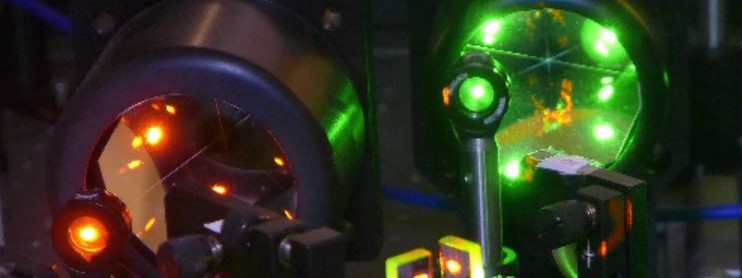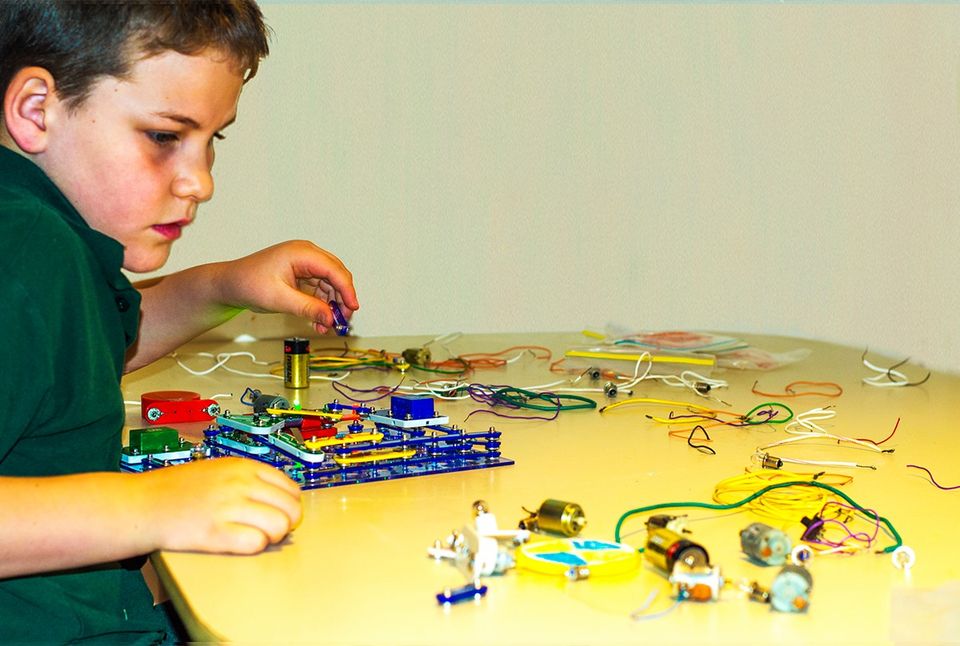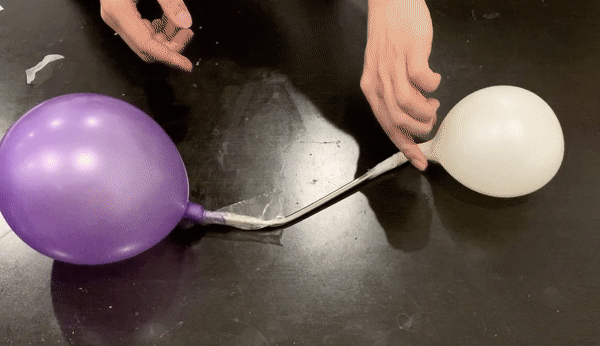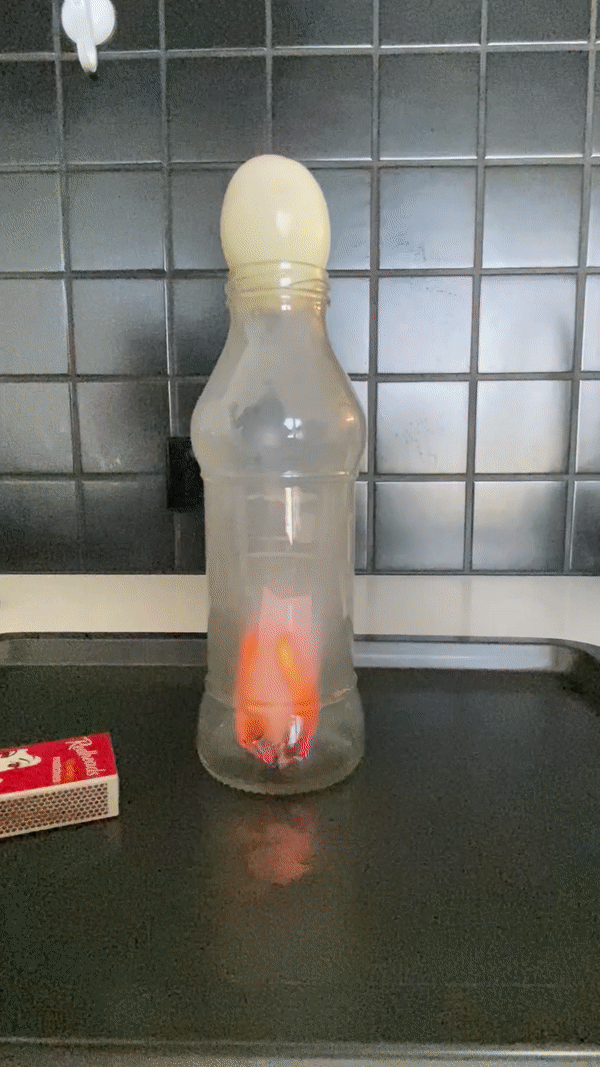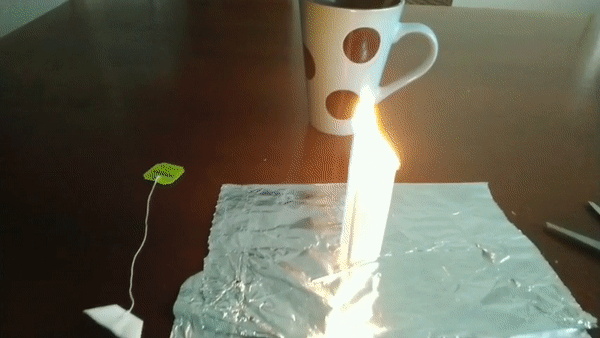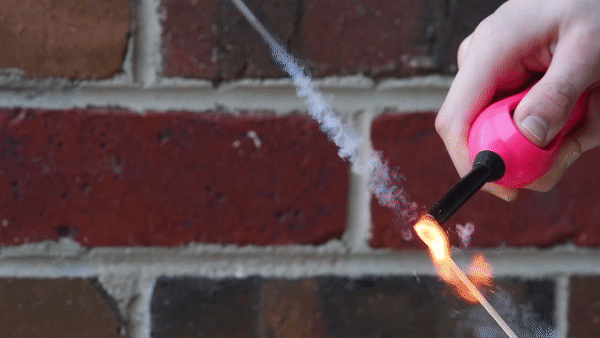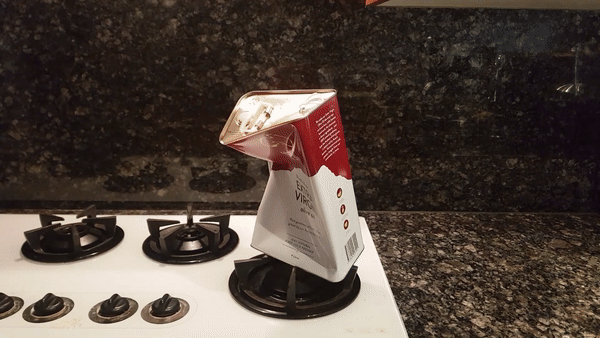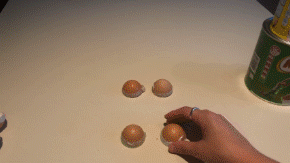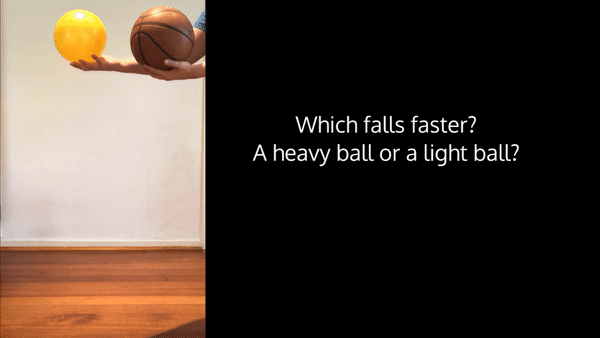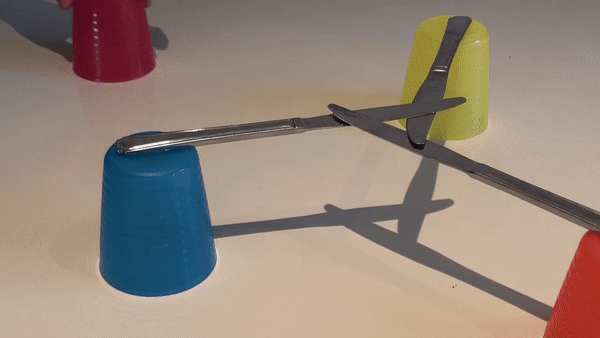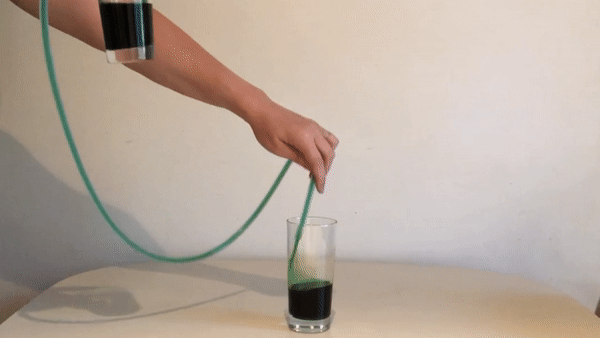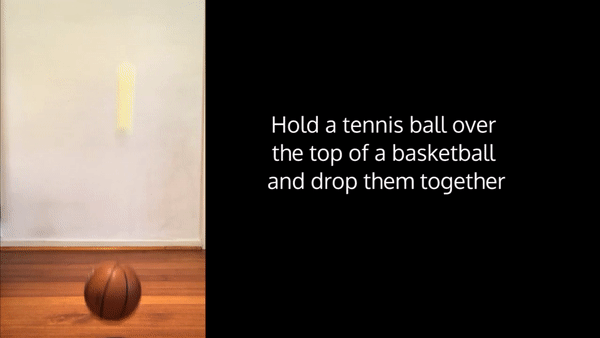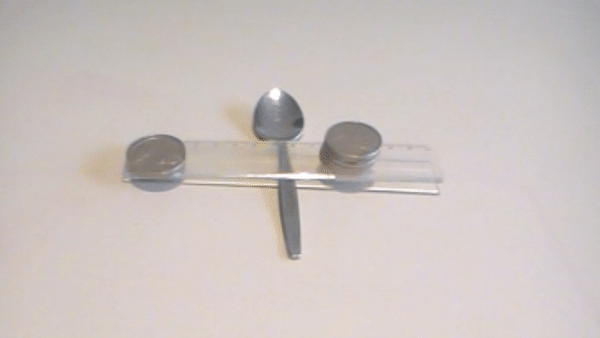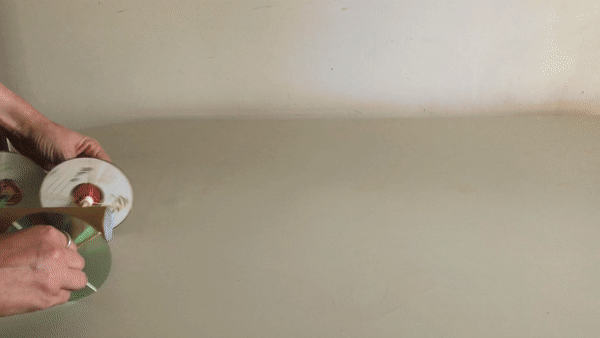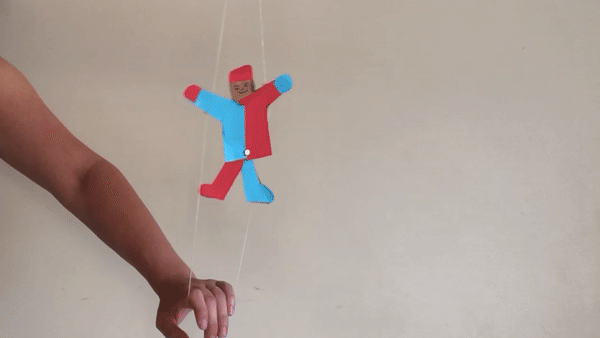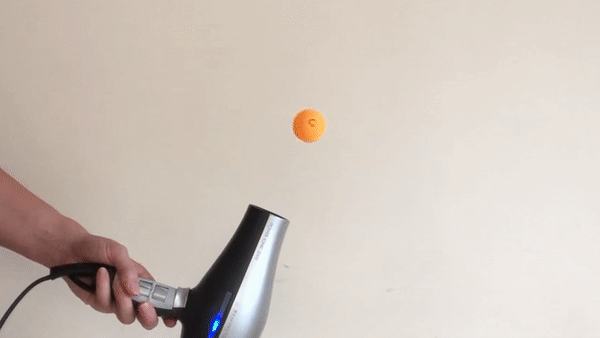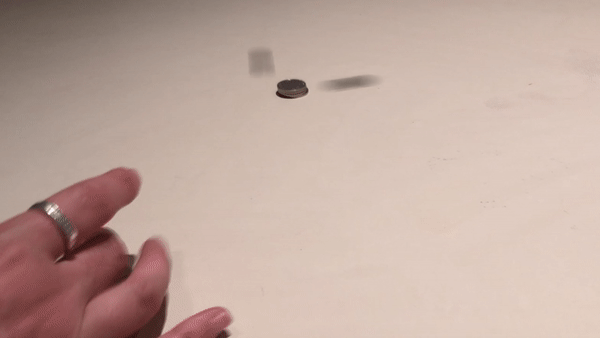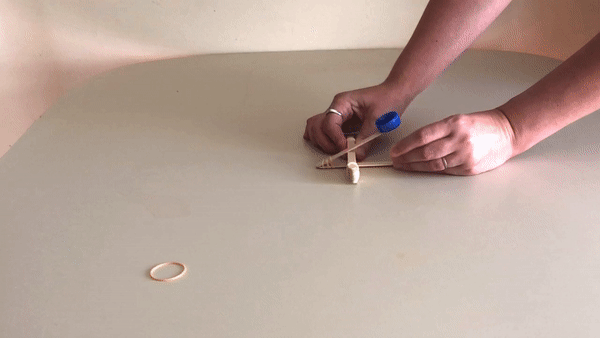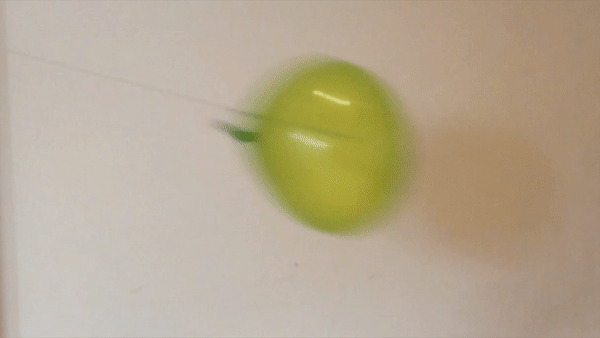Forces and energy: Electricity and sustainable energy
Forces and energy: Kinetic, potential, conservation and transformation
Forces and Energy: Energy and Work
Why were flights cancelled in Phoenix Arizona?
FLEET Schools
Two balloons
A sometimes-counterintuitive experiment, demonstrating the equalising of air pressure in two connected balloons What you need: balloons, straw, sticky tape, peg or something to block off the straw What you do: Blow up one balloon so it is quite large Place the straw in the end of the balloon and secure it with tape. Block off the end of the …
Egg in a Jar
‘Suck’ an egg inside a narrow-necked bottle or jar: a seemingly ‘magic’ trick, accomplished via changing the air pressure inside the bottle. What you need: Egg, bottle with opening slightly smaller than an egg, small piece of paper, matches or lighter What to do: 1. Boil the egg for 8-10 minutes so that it is hard boiled.2. Peel the egg (let it cool first!).3. (Optional) …
Teabag rocket
Ignite a paper teabag to launch a rocket upwards (adult supervision). What you need: Tea bag, scissors, matches What to do: 1. Remove the staple from the tea bag and pour out the tea. 2. Straighten out the bag and smooth it out so it forms a cylinder that can stand up on its end. 3. Stand the tea bag …
Matchhead rocket
Create a simple but powerful match-head rocket, demonstrating Newton’s third law of motion. Caution: matches! Fire! Eyes! Adult supervision definitely needed for this one. What you need: Wooden matches, aluminium foil, paper towel, wooden skewers, needle-nose pliers and wire cutters, tape (duct tape or electrical tape) What to do: To cut out the shape from the aluminium foil: Place a …
Crushing Can
Egg Shell Strength
Egg shells are fairly weak, right? They crack very easily. So how much weight do you think they could actually hold? What you’ll need: at least two eggs masking tape scissors large hard cover book or piece of cardboard some heavy objects, eg. cans What to do: Wrap masking tape around the middle of the egg. Use the scissors to …
Falling Objects
If you drop objects that weigh different amounts, which will hit the ground first? What you need: balls that weigh different amounts, eg. basketball, tennis ball paper What to do: If you have two balls that are the same, drop them from the same height at the same time. They should hit the ground together (or at slightly different times …
Cup Bridge
Challenge someone: you have four cups and three knives. Three of the cups are in a triangle, too far apart for the knives to reach. You need to build a bridge to support the weight of the fourth cup. What you need: 4x cups 3x knives What to do: Place a knife from one cup pointing to the centre of …
Siphoning Water
What you need: tube or hose 2x glasses What to do: Fill one of the glasses with water. You can add some food colouring to make the water easier to see if you like. Use the tube or hose like a straw and suck up some water from the full glass (but don’t think it). When the water gets to …
Double Bounce
Balancing See-Saw
Use household items to demonstrate the science behind see-saws What you need: teaspoon tape small ruler coins What to do: Balance the ruler on the spoon by placing it in the centre. Add a piece of tape to keep it in the right place. Add a stack of coins (the same number of coins) to each end of the ruler. …
Rubberband car
Use household materials to create a car that can actually go. What you need: paper towel tube metal skewer 2x wooden skewers scissors 4x old CDs glue 4x wooden spools 4x buttons or small pieces of card/paper ~15x rubberbands 2x straws paperclip What to do: Use the metal skewer to put a hole through the paper towel tube close to …
Strength Challenge
How strong do you think you are? Are you stronger than two people? Three? Four? Here is a trick you can do to show people how “strong” you are. What you need: a wall several people (one at least needs to have weaker arms than you) What to do: Tell everyone how strong you are. Say that you are stronger …
Rope Climber
Use craft and a bit of science to create a puppet that can climb a rope What you need: string scissors cardboard sticky tape coloured paper or markers (optional) split pin (optional) What to do: Cut out legs and torso + head shape from the cardboard. Decorate these using the coloured paper or markers (optional). Put a hole in the …
Under pressure: Heat, airplanes and Bernouli
What does heat and a dude called Bernouli have to do with deciding when it is too dangerous to fly a plane? Be prepared to do some quiz questions. The experiments in this activity relate to what enables a plane to get off the ground and what can make it come crashing down again. And about 150 years before the …
Coin Shooter
Create a tower using coins, and then bring your tower down by shooting out one layer at a time. What you need: as many 10 cent coins as possible patience! What to do: Put all the coins except one into a tower. Use the remaining coin, the shooter, by flicking or throwing it as fast as possible towards the tower. …
Catapult
Make a simple catapult that can fire small items across rooms. Students can invent games to play and experiment with their catapults and test their understanding of potential and kinetic energy. Learning Intentions Students will use the scientific process identify and understand potential and kinetic energy, their use to do work and how energy can be transferred from one form …

